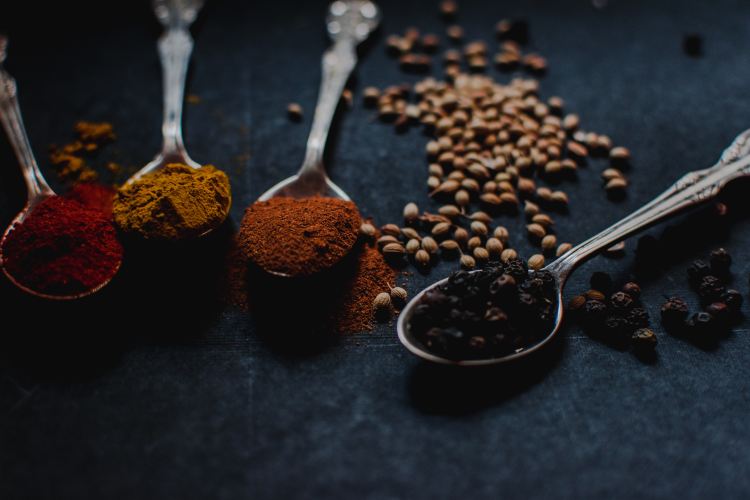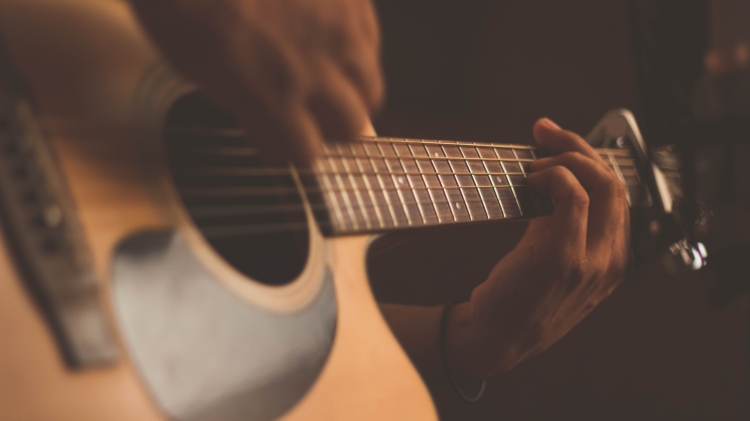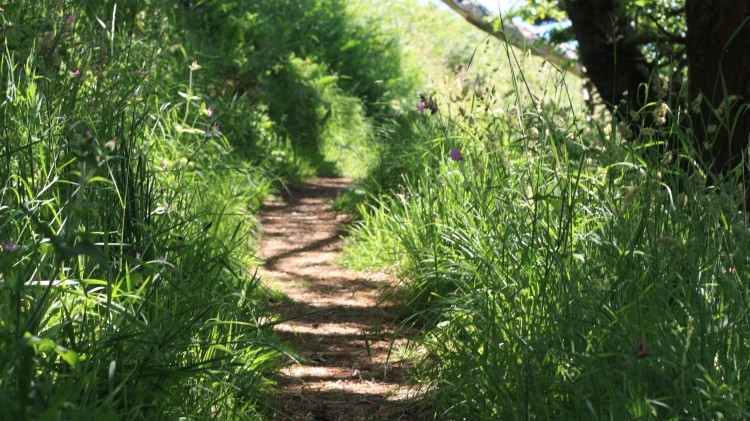Summary of study findings. Florence Neville, September 2019
I am a late-diagnosed autistic woman with a health and nutrition coaching practice. I have noticed how when I follow a diet that suits me, I sleep better, am less anxious, recover from socialising quicker and feel more comfortable in my own body (you can read more about this in my blog post). While coaching other autistic women I noticed that many of my clients had already developed other fantastic strategies over the years for managing their health and wellbeing. We are a resourceful lot! And yet, in my overflowing ring-binder of research papers on autistic health and wellbeing issues, not one is focussed on how we self-manage our own physiological and psychological challenges. How can it be that nobody is asking us what works for us?
In 2018 I decided to go back to university to do a Research Masters, to find out how to carry out academic research so that I can add my own autistic voice to the conversation. For my research study, I wanted to explore how other late-diagnosed autistic women manage their own health and wellbeing, particularly in terms of nutrition and movement strategies undertaken without professional guidance. So, over the summer of 2019 I interviewed six women, diagnosed or identified as autistic (hereafter referred to as identified) as adults. They told me about the self-managed strategies they used, how they had developed these strategies, and whether using the strategies changed their experiences of being autistic.
What follows is a basic summary of my findings. If you would like to learn more about the study please contact me here.
Autistics, Autodidacts and Autonomy
Analysis of the data generated four main themes exploring: (1) understanding needs, (2) individual health practices, (3) individual environments, and (4) creativity and stimming. Whilst the findings may be of use to all autistic people and their supporters, all the women had an interest in health and wellbeing so we must be wary of applying the findings to autistic women or other groups.
Theme 1: understanding needs
An identification of autism enabled the participants to more effectively tailor how they supported their own health and wellbeing. Before this time, they had been more likely to try and ‘keep up’ with non-autistic women (a type of ‘masking’); and have more difficulties recognising or expressing emotions or symptoms (commonly known as ‘alexithymia’). Masking and alexithymia can lead to a lack of necessary support.
An identification of autism led to greater understanding about challenges common for many autistic people such as (1) fatigue and overload, (2) anxiety, burnout and sleep problems and (3) digestive problems and pain.An identification also enabled peer support from other autistic people (mostly online). This was beneficial in terms of (1) discussing and sharing information sources, (2) increased self-respect and decreased self-blame for exhaustion, stress and not being able to ‘keep up’, and (3) understanding that a problematic environment was often linked to the physical and mental health problems they were managing.
Theme 2: individual health practices
Participants preferred to learn about practices themselves, rather than relying on recommendations/advice from professional sources. This way they could understand how and why something might work and whether it would work for their own needs. All participants demonstrated a strong interest in self-education, tending towards immersive learning through books, medical journals, websites and podcasts. Participants reported using their pattern-finding abilities to make connections between different health theories, making for novel and deep understandings.
Most reported that in developing structured dietary practices, such as identifying and removing foods to which they were sensitive to, and basing meals around unprocessed foods, to address challenges such as digestive issues and/or chronic pain, they had noted improvements in sleep quality, energy, focus and co-ordination, and reductions in sensory challenges, anxiety and agitation. Some also researched and used herbs and supplements to support their mental health and hormones. Most participants practised a combination of martial arts, yoga, walking or strength training, mostly alone, but some also attended supportive classes. Benefits of these practices included: reducing anxiety, improving co-ordination and mobility; pain relief, increased confidence, improved sleep and avoiding burnout.
Theme 3: individual environments
Everyone described how they needed regular time when they had control over their own environment; through spending time alone, following routines, or being in nature. Time alone spent reading, creativity, meditating, napping, or just ‘being’ helped them recover from the stresses of socialising and generated resilience for future socialising. It also enabled the participants to create and maintain self-created routines which improved feelings of calm and control.
Places in nature were used frequently to escape difficult social and sensory environments, reduce stress and fatigue and increase feelings of calmness, control and productivity. Home environments were very important, some said that control over their home made them feel less disabled. Options ranged from living somewhere remote, arranging things in a personal way, having established household routines and creating a pleasant sensory environment.
Theme 4: creativity and stimming
Creativity and stimming were used to reduce feelings of being overwhelmed by other people, or by sensory sensitivities as well as for encouraging and magnifying positive moods. Words used by participants included: grounding, relaxing, focussing, and resetting. Many participants talked about helpful strategies in terms of creative practices like painting, writing, dancing and playing an instrument; and projects that needed creative thinking such as computer coding, interior design and building; and planning social projects.
Twirling pens, practising music, playing with fidget jewellery, dancing and other types of stimming were also helpful. Sometimes the participants stimmed without being aware of it, and sometimes stimming was a deliberate, planned practice. Rediscovering and learning about stim practices from other autistic people were seen as empowering and beneficial for health and wellbeing.
Please click on the photos below to read about the four themes in more detail.



